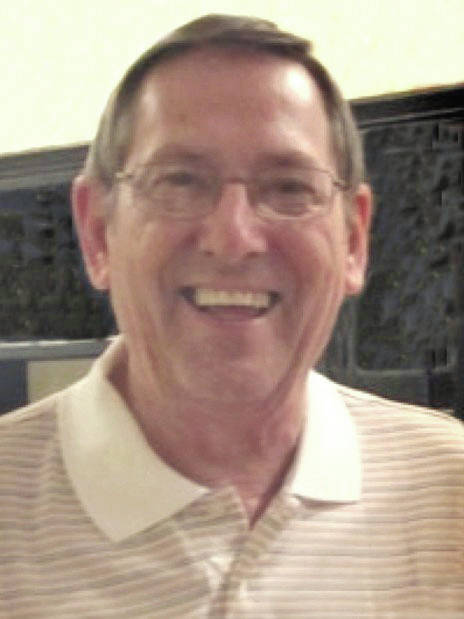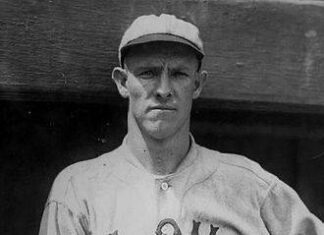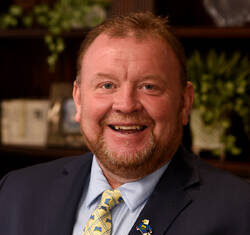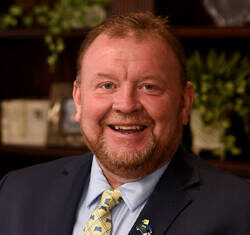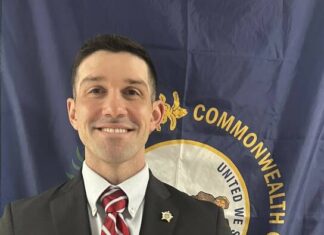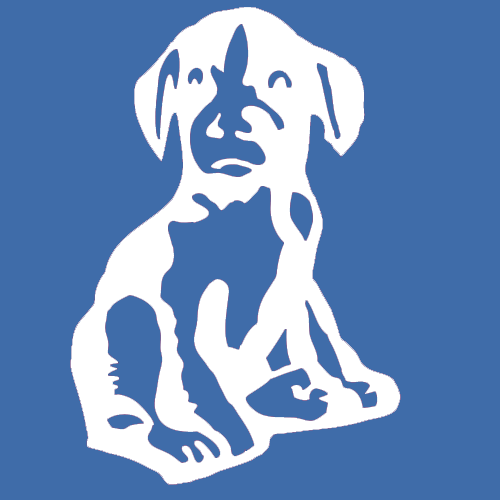With Wald Park’s Opening Ceremony set for Saturday, we’re releasing a four-part story over the next four days leading up to the ceremony from guest columnist and the late Laurnie Caproni about the summer of 1948, when baseball was booming at the park.
Here’s Part II:
This is the second part of a story about baseball, Maysville and the summer of 1948.
Leo McKay might not think so, but Maysville and baseball go together like the Marx Brothers.
Always did and still do.
A trip out the AA Highway to the Tom Browning Boys Club may prove instructive. A first-rate facility, three ball diamonds, dozens of youngsters playing and swarms of parents/fans indicate local baseball still has life.
Part of the reason too, is the close proximity of Cincinnati and the Reds.
Let’s see…1948…
The long night had set in at Crosley Field. The Reds, just eight years removed from a World Championship, were an also-ran. The team had stumbled into the second division in ’45 and would stay there for 11 dreary seasons.
It is not uncharitable to say the ’48 Reds, despite a handful of bright spots, weren’t very good.
Johnny Neun was the manager. The team’s .247 batting average was (1) pitiful abd (2) last in the league. The pitching, which had become a perennial problem, was worse. One could argue it has never gone away.
Johnny Vander Meer, he of double no-hit fame 10 seasons before, still had some hop on his fastball and led the team with a 17-14 record. Ewell Blackwell, who had come within two outs of duplicating Vandy’s miracle the summer before, was only a shadow of his former self. Blackwell, a long and lean sidewinder, collapsed from 22-8 (including 16 wins in a row) to 7-9.
Grady Hatton was a fixture at third and Bobby Adams played second. Virgill Stallcup was breaking in at short. The Cincy first baseman was a mass-of-muscles rookie with industrial strength arms. His name was Ted Kluszewski and he opened with a 12-homer season. It was a harbinger of things to come.
The big hitter was Hank Sauer, a 31-year-old lead-footed outfielder. Sauer corked 35 big ones in ’48, a new club record.
Bucky Walters, at 39, a wonderful pitcher and one of the most popular in Reds’ history, was in the last of 11 seasons with the club.
Walters, in fact, became the team manager in August when GM Warren Giles, seeing the Reds lanquishing in seventh place, sent Neun packing.
Johnny Wyrostek, a fine outfielder, was on that team. So were Frank Baumholtz and Benny Zientara. Ray Mueller and Ray Lamanno did the catching.
Harry Gumbert, out of the bullpen, led the NL with 61 appearances. Ken Raffensberger aside, none of the other pitchers lived up to their press clippings. Howie Fox, Eddie Erautt, Herman Wehmeier, Kent Peterson, Johnny Hetki…..
Meanwhile, back in Maysville, baseball continued to be a summertime staple.
Maysville, for example, fielded a team in the old Bluegrass League back before most folks can remember. Games were played at Bryant Park in a place now generally occupied by Bryant’s Circle and Deerfield Village.
He wasn’t a baseball icon at the time, but no less a figure than Casey Stengle, later of Yankee pinstripe fame, played there at one time.
The Old Maysville BMC (Business Men’s Club) played there too, mostly on Sunday afternoons.
James T. Poynter Jr. and Arthur Allen Griffin were in charge of a history lesson which included these names: Elmer Gilp, Albert Ritchie Sr., Shotsie Tolle Sr., Peanuts Bryan, Jerry Jackson, Woody Fowler, Willie Gantley, Teence Ryan, Pat Ryan, Lefty Ginn…maybe you can add to the list.
The BMC Club evolved through the 1930s, then up to after World War II.
Another team, under the guidance of Clyde “Deacon” Payne, sprang into existence in the 1940s. This one was called the Maysville Blues.
History tells us the Deacon, fueled by spirit-school and otherwise-also is remembered for his exuberance at the old Louisville Armory during the 1947 state basketball tournament. That was when, with uplifted cane and pumping arms, he shouted his immortal “HEY HEY BOODOGS ALL UH DE WAY!” In any case, a photograph, apparently taken shortly after World War II, shows the Deacon, the Punkin and the players. Included were Kenny Reeves Jr., J.T. Byron, Jerry Murphy, Chris Pitakis, Eddie Dunaway, Ray Skidmore, Buddy Rudy, Kenny Gilbert, Tom Malone, Earl Wheat and Asa Byran.
So it goes without saying that a lot of baseball has been played between today and the time of ol’Casey.
That was never more apparent than the summer of 1948-the year of a new beginning, so to speak, for local baseball.
Junie Poynter, one of the finest players to ever grace a local baseball field in this or any other era, remembers as if it had happened yesterday.
“Glen Hardymon loved baseball,” he said “and I think he probably had the most influence on Ruben Pawsat (of the Wald Manufacturing Company.)”
This Hardymon influence would lead to three things:
1. Pawsat opened his checkbook and provided funds for a major overhaul/renovation and myriad additions to the existing baseball facility.
2. A name change from Limestone Park to Wald Park.
3. The birth of the Maysville Athletics.
Ah, yes, 1948 and the A’s. It was a very good year.
The third part of this story will appear in Friday’s edition of The Ledger Independent.
